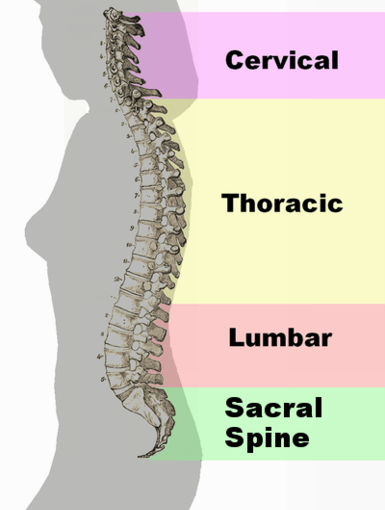Spondylolysis is one of many conditions that chiropractic practices have to deal with. The condition occurs due to a weakness in the section of the vertebrae that is known as pas interaticularis. This is a thin piece of bone that is responsible for connecting the lower and upper portion of the facet joints. These join in the vertebrae’s upper and lower section to form a comprehensive network of bone that allows the spine to move.
The defect can lead to small fractures in the spine that cause certain vertebrae to slip out of place.
Some chiropractic practices say that Spondylolysis is a hereditary disease especially considering infants who are born with a thin vertebrae, a condition that puts them at a higher risk for fractures. Repetitive trauma to the lower back may also cause the pars interarticularis to weaken over time.
Symptoms
Those who have spondylolysis do not experience any symptoms and which is exactly why they might not be aware of it once it does occur. Low back pain is the most common symptom once the pain from the condition spreads. It feels like a muscle in the lower back has been sprained and usually gets worse with exercise or activity. It can also occur during a teenager’s growth spurt after puberty which is why the typical age of a person who acquires the condition is usually between 15 to 16 years.
The condition usually occurs in 3 to 4% of the population and is the most common cause of lower back pain in children or people below the age of 26. Spondylolysis is more common in kids or teenagers who take part in vigorous activities that over extend their spines such as weightlifting, gymnastics and football.
Treatment
The condition calls for a more conservative approach. Chiropractic care of Spondylolysis would aim to reduce the pain, let the fracture heal and help return the patient to normal activities. Patients are also advised to refrain from any vigorous physical activities such as exercise or sports to help them heal faster. Treatments for severe cases often involve the use of a back brace or support which helps stabilize the back and prevent lower back pain to aid the healing process.
The condition might not be preventable in some cases however certain steps can be taken to reduce the risk of fractures in the lower back.
Image Used under Creative Commons license. Photo Credit: Spinal column curvature 2011.png
